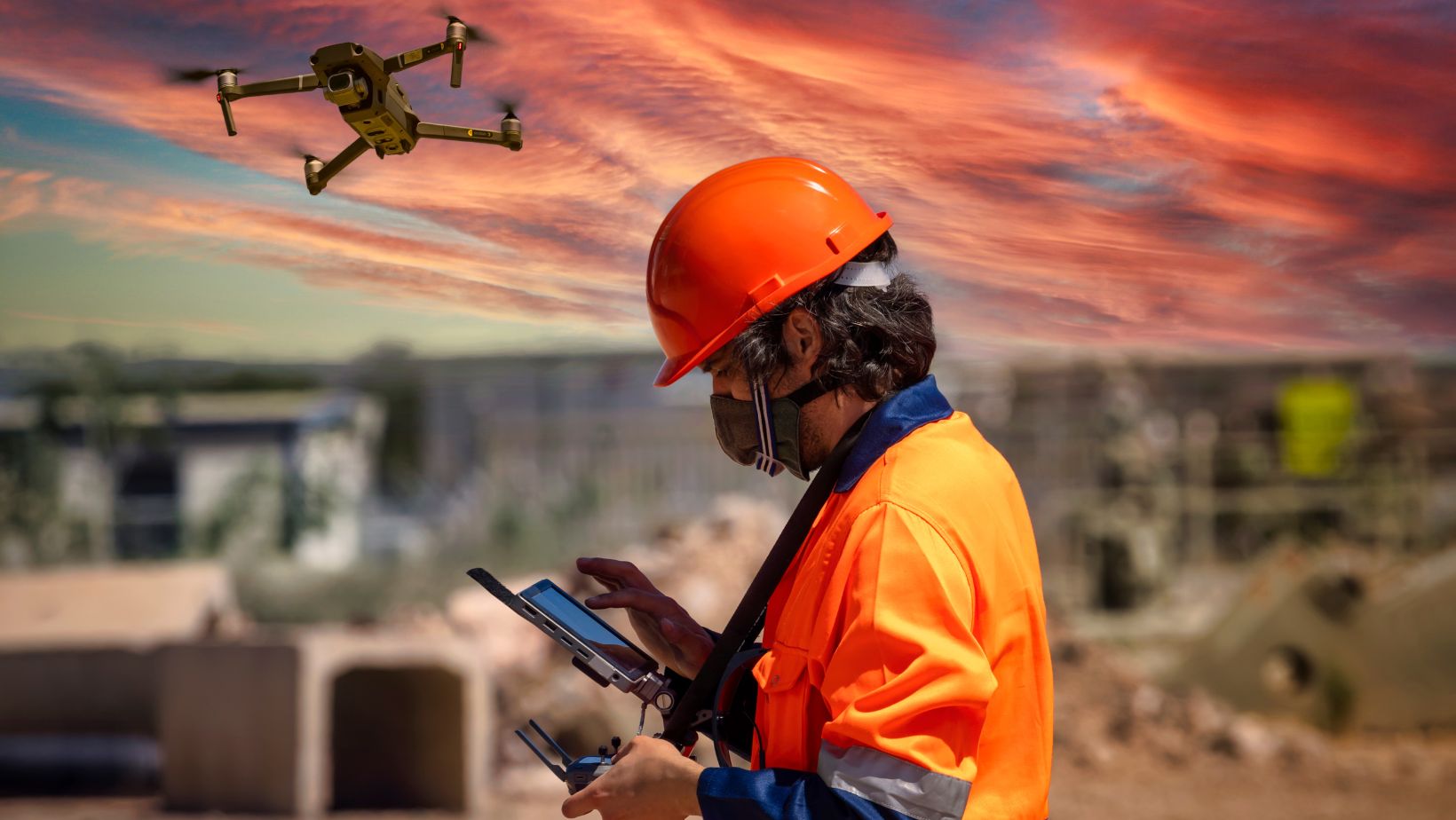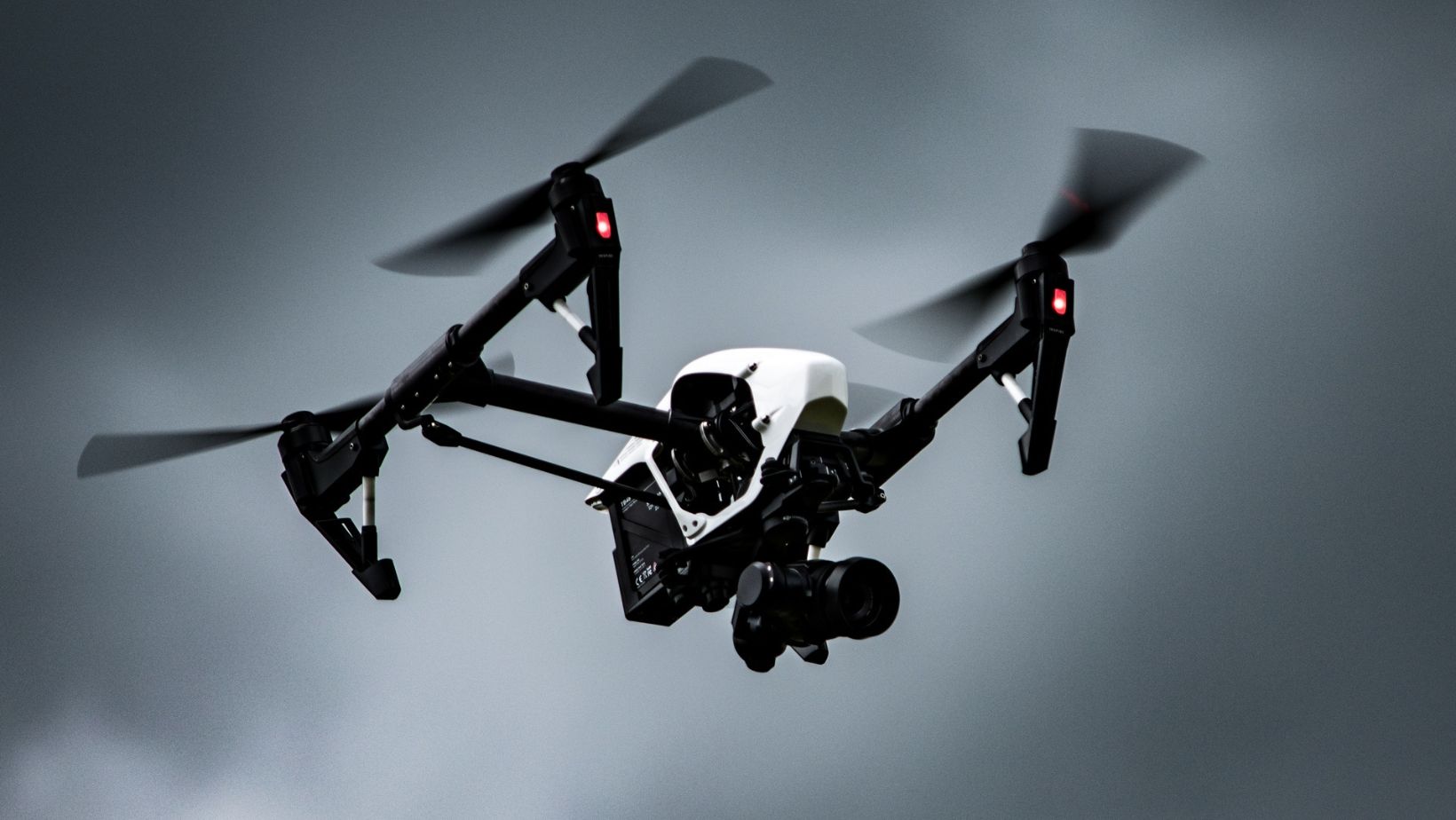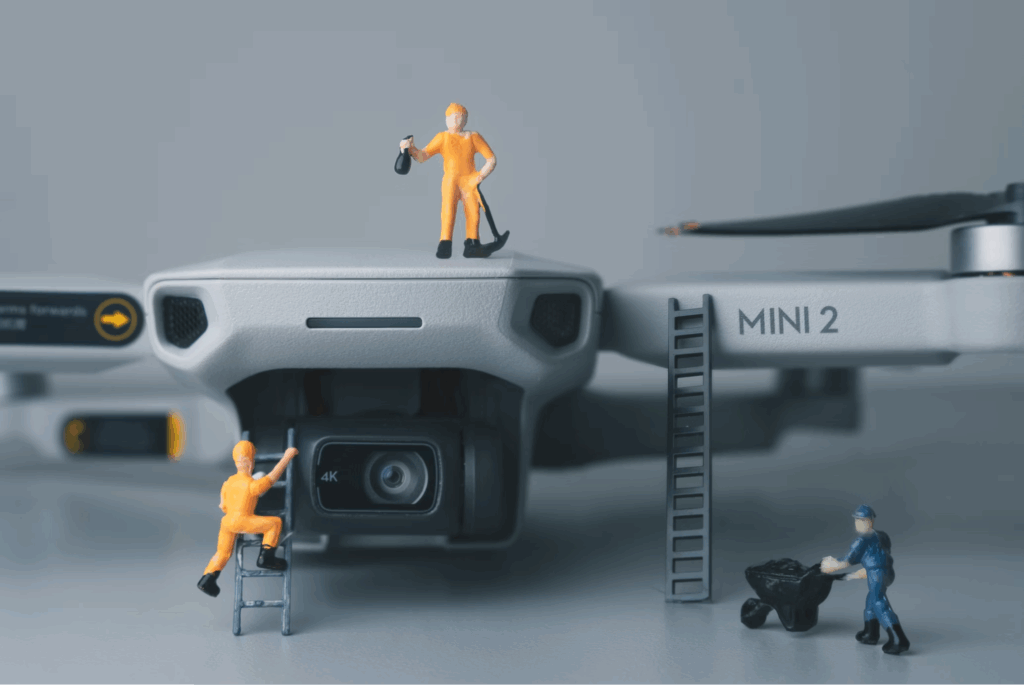How are cities achieving smarter development while handling extreme growth challenges?
Drones provide an unexpected solution to problems you didn’t realize you had.
Between 1992 and 2016 global urban land area expanded significantly by 346,400 km² demonstrating the rapid expansion of urban spaces. Cities now face the enormous task of supervising and controlling extensive new infrastructure including buildings and roadways.
Drone technology has evolved beyond being a mere exciting trend in technology. The foundation of modern urban planning now depends on drone technology which provides persistent aerial surveillance and gathers information more quickly than human capabilities can achieve.
What You’ll Discover Inside
- Why Drones Are Revolutionizing Smart City Management
- How Drones Are Solving Urban Monitoring Challenges
- Real-World Applications Transforming City Operations
- The Economic Impact of Drone Technology
- Overcoming Challenges in Urban Drone Deployment
Why Drones Are Revolutionizing Smart City Management
Smart cities leverage data analysis to make decisions and deliver immediate solutions to urban problems. Gathering precise data for urban management becomes difficult when managing a city that extends across hundreds of square miles.
Drone technology solutions demonstrate their greatest strengths in this context.
Traditional infrastructure monitoring typically involves:
- Teams of inspectors physically examining structures
- Limited visual perspectives (ground-level only)
- High labor costs and significant time investments
- Infrequent inspection schedules due to resource constraints
The drone alternative offers something dramatically different. With US-made drones leading innovation in this space, cities are discovering that aerial monitoring provides unprecedented advantages in efficiency, cost, and data quality.
Consider this: Drones can complete bridge inspections within hours while capturing thousands of detailed images and detecting structural problems invisible to human inspectors. This technology eliminates the need for human presence in high-risk inspection locations.
How Drones Are Solving Urban Monitoring Challenges
Urban management teams must continually navigate the constraints of time and resource availability. Old city infrastructure continues to deteriorate while population numbers rise and climate issues become stronger.
Drones tackle these issues through multiple effective approaches.
1. Comprehensive Data Collection
Drones fitted with specialized sensors have the capability to acquire various types of data at the same moment.
- Thermal imaging to detect energy inefficiencies
- LiDAR for precise 3D mapping
- Multispectral imaging for environmental monitoring
- Air quality sensors for pollution mapping
Centralized smart city platforms integrate this data to produce a full view of urban conditions.
2. Predictive Maintenance
Drone monitoring offers significant benefits by allowing problems to be identified before they escalate into catastrophic events.
Drones enable maintenance teams to transition to predictive maintenance routines through their consistent scanning of essential structures while AI analyzes small shifts over time.
3. Rapid Emergency Response
When disaster strikes, every minute counts. Drones provide:
- Immediate situational awareness for first responders
- Drones enable maintenance teams to inspect regions which represent safety hazards for human operators.
- Real-time video feeds to command centers
- Delivery of emergency supplies
4. Traffic Management
Cities face multi-billion dollar productivity losses because of urban traffic congestion.

Drone-enabled traffic monitoring systems offer:
- Real-time congestion detection
- Automated accident reporting
- Data for AI traffic prediction models
- Support for adaptive traffic signal systems
Real-World Applications Transforming City Operations
In this section we will explore the practical deployment of drones across various urban sectors.
Infrastructure Inspection
Conventional bridge inspections require weeks to complete with costs exceeding $10,000. Using drones for inspections allows organizations to save up to 80% on time and expenses.
Municipalities now consistently utilize drones to perform inspections across various infrastructure assets.
- Bridges and overpasses
- Roadways and railways
- Dams and water management systems
- Electrical transmission infrastructure
The current regulatory changes through the FAA Reauthorization Act of 2024 speed up BVLOS operations in America which allow drones to assist with infrastructure inspections and emergency response tasks.
Urban Planning and Development
Urban planners are finding drones invaluable for:
- Creating detailed 3D models of cities
- Monitoring construction progress
- Assessing impact of new developments
- Tracking land use changes
The projection of global urban expansion to increase by 1.2 million km² by 2030 makes these capabilities fundamental to sustainable development.
Environmental Monitoring and Public Safety
Drones provide urban regions with tools to measure air quality levels and examine urban heat patterns while evaluating stormwater systems and detecting illegal waste disposal activities. Safety officials utilize drones for crowd monitoring while they perform search and rescue missions and disaster assessment and crime scene investigations.
Global employment numbers within the drone industry demonstrate exceptional growth as it now supports 2.1 million workers worldwide with 126,000 new jobs created in the previous year.
The Economic Impact of Drone Technology
Smart cities experience a vast economic influence from drone technology that operates through multiple interconnected layers.
Cost Savings Through Efficiency
Operational efficiency stands as the most direct economic advantage.
- Infrastructure maintenance savings: Inspection costs drop between 70% and 80% when companies use drones instead of conventional methods.
- Labor optimization: One drone operator can now perform tasks that formerly needed multiple inspectors.
- Preventive savings: Detecting infrastructure problems early helps to avoid expensive emergency repair work. Correctly identifying a minor bridge problem before it worsens can cost $50,000 while emergency repairs for structural collapse reach millions.
The drone industry hosts over 33,000 companies with more than 2,000 startups driving new application development that accelerates innovation and lowers costs due to market competition.
Job Creation and Economic Growth
Although automation concerns exist, the drone industry generates more positions through direct roles such as pilots and technicians and indirect positions in manufacturing and training along with economic multiplier effects.
Overcoming Challenges in Urban Drone Deployment
The deployment of drones encounters multiple critical obstacles even though they possess great potential.
Regulatory Hurdles and Technical Limitations
Drone operations need to deal with various airspace regulations which include flight restrictions as well as BVLOS limitations combined with privacy issues.

The technical problems of drone deployment consist of brief battery life lasting 20-40 minutes along with weather-related restrictions and the potential danger of collisions in crowded urban environments.
Drones using edge-based AI technology provide real-time data processing capabilities for urban infrastructure monitoring which helps to minimize downtime and operational expenses.
Public Acceptance
The biggest obstacle remains achieving public approval through effective management of noise pollution and visual nuisance alongside privacy and safety issues. Successful drone deployment in cities has required comprehensive community engagement programs to address public concerns.
The Future of Drone Technology in Cities
The evolution of technology together with the development of regulations leads to several new trends that determine the future of drone applications.
Drone-as-a-Service Models and Autonomous Networks
Urban areas are transitioning to service-oriented frameworks and they are creating advanced drone networks that operate autonomously using widespread docking stations. These interconnected drone networks will significantly enhance operational capabilities while decreasing operational expenses.
Advanced AI and Smart City Integration
The real benefit of drone technology stems from the intelligence produced by predictive analytics and automated anomaly detection systems which analyze data collected by drones along with digital twin models. A complete smart city ecosystem emerges from connecting IoT sensors and autonomous vehicles to smart grids and emergency systems.
Wrapping Up The Future Flight Path
Drones are transforming construction and management practices of our growing and intricate urban areas. The economic benefits are convincing because significant cost savings and job creation alongside efficiency improvements will rapidly balance out initial investment costs.
For urban planners, city managers, and technology strategists, the message is clear: Cities aiming for smart development cannot afford to ignore drone integration anymore. The deployment of contemporary smart technologies by cities today will establish the groundwork for more efficient and resilient urban environments in the future.
The real question about drones in smart city development centers on how fast cities will adopt their transformative capabilities.


